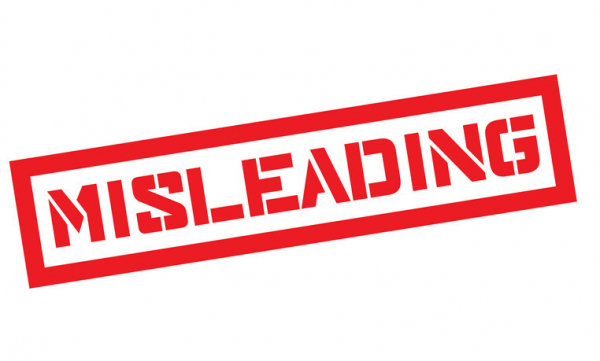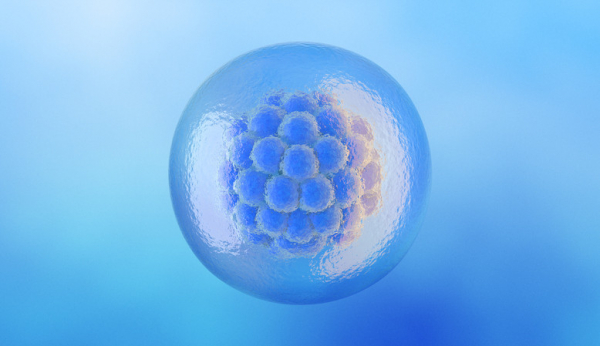

Ever read a headline that catches your eye but then found the story itself disappointing? Or worse, did you feel that the dramatic headline was utterly misleading? Yeah, me too.
The impact of a well-crafted headline can be big. We often skim the headlines, then decide whether or not to read on.
Previously, I’ve written about how media coverage of drug research can mislead or confuse. Here I’m zooming in on health headlines, which can be equally deceptive. Watch for these pitfalls.
Overstated study findings
- Were humans studied? If a study finds that a drug is safe and effective for an important disease, that’s big news. But what if all of the study subjects were mice? Leaving out this important detail from the headline exaggerates the study’s importance.
- Too much drama. Dramatic terms such as “breakthrough” or “groundbreaking” are common in headlines about medical research. Yet true breakthroughs are quite rare. That’s the nature of science: knowledge tends to accumulate slowly, with each finding building a bit on what came before.
- Going too far. Headlines often make a leap of faith when summarizing a study’s findings. For example, if researchers identify a new type of cell in the blood that increases when a disease is worsening, they may speculate that treatments to reduce those cells might control the disease. “Researchers discover new approach to treatment!” blares the headline. Sure, that could happen someday (see below), but it’s an overstatement when the study wasn’t even assessing treatment.
- Overlooking the most important outcome. Rather than examining how a treatment affects heart disease, let’s say, studies may assess how it affects a risk factor for it. A good example is cholesterol. It’s great if a drug lowers cholesterol, but much better if it lowers the rate of cardiovascular disease and deaths. Headlines rarely capture the important difference between a “proxy measure” (such as a risk factor) and the most important outcome (such as rates of death).
Faulty logic
- A link for illness is not the same as a cause of illness. The distinction between “causation” and an “association” is important. Observational studies can determine whether there is a link (association) between two health issues, such as a link between a symptom (like a headache) and a disease (like stomach ulcers). But that doesn’t mean one actually caused the other. Imagine an observational study that compared thousands of headache sufferers with thousands of people who rarely had headaches. If more people in the frequent headache group also had more stomach ulcers, the headline might boldly declare “Headaches cause ulcers!” A more likely explanation is that people with a lot of headaches are taking aspirin, ibuprofen, and related drugs, which are known causes of ulcers.
Hazy on key details
- Someday isn’t today. Studies of new drugs or devices may be heralded as life-changing for people or practice-changing for doctors. Yet, a closer look often reveals that the new treatment is years away from reaching the market — or it may never get approved at all.
- A work in progress. “Preliminary” is the missing word in many headlines. Studies presented at medical conferences but not yet published in a peer-reviewed medical journal offer preliminary insights. This research, while promising at the time, may ultimately be a scientific dead end.
- Is it a study, a press release, or an ad? It’s hard to tell with some headlines. Press releases or advertisements typically present a positive spin on new findings or treatments. We expect news stories to be more balanced.
One story, many headlines
Here’s a great example of overhyped headlines. A 2021 study presented findings about a pacemaker that treats abnormal heart rhythms for a period of time and then dissolves. Amazing, right? For people who need a pacemaker only temporarily, a dissolving pacemaker could allow them to avoid a surgical procedure to remove it once it was no longer needed.
Three headlines covering this research spun the story this way:
Coming Soon: An Implanted Pacemaker That Dissolves Away After Use
Could people one day get pacemakers that dissolve into the body?
First-ever transient pacemaker harmlessly dissolves in body
But that dissolving pacemaker had never been tried in living humans — an important fact! To test the dissolving pacemaker, the researchers had performed open-heart surgery in rats and dogs, and lab experiments on heart tissue removed from mice, rabbits, and deceased humans.
The first headline demonstrates the pitfall of overpromising on the findings of preliminary research: yes, a dissolving pacemaker might someday be routine in humans, but it’s unlikely to be “coming soon.” And when a headline says “harmlessly dissolves in body,” we might reasonably think this refers to a livinghuman body. Not so.
The bottom line
Why are we constantly bombarded with misleading headlines? A major reason is that headlines attract attention, clicks, reads, subscriptions, and influence essential to media sites. Some writers and editors lean into hype, knowing it attracts more attention. Others may not be trained to read or present medical news carefully enough.
In a world full of misleading health news headlines, here’s my advice: be skeptical. Consider the source and read past the headline before buying in. And if your go-to media often serves up misleading headlines, consider changing channels or crossing that news source off your list.

